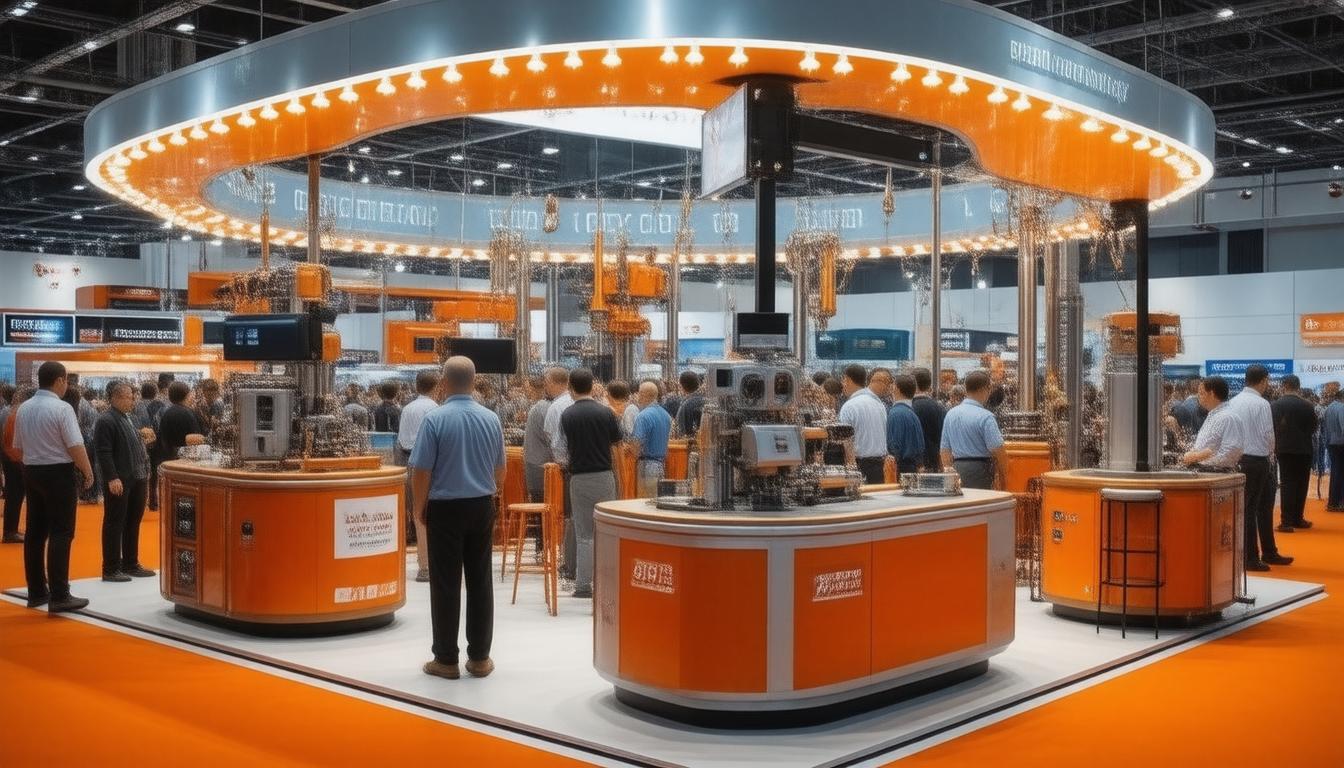
Spokane, a city located in the eastern part of Washington State, has a complex sewer system that plays a vital role in maintaining public health and the environment. The selection of materials for such infrastructure is a crucial decision that impacts not only the durability and performance of the system but also long-term maintenance costs and environmental sustainability.
Criteria for Selecting Sewer MaterialsWhen considering materials for Spokane’s sewer system, engineers and policymakers must balance several criteria. These include the material’s ability to withstand the area’s specific environmental conditions, such as temperature fluctuations and potential corrosive agents, as well as its longevity, cost-effectiveness, and environmental impact. Quality materials reduce the need for frequent replacements and lower the risk of system failures that could lead to public health emergencies or environmental damage.
Pipe Materials OptionsHistorically, sewer pipes have been made from a variety of materials, including vitrified clay, cast iron, PVC (polyvinyl chloride), and concrete. Each material offers a distinct set of properties.
Vitrified Clay: Highly resistant to chemicals and abrasion, vitrified clay is a durable option but is less able to withstand ground shifts and heavy loads compared to other materials.
Cast Iron: Known for its strength and durability under high traffic areas, cast iron has fallen out of favor due to its susceptibility to corrosion and heavy weight.
PVC: Lightweight, inexpensive, and resistant to both corrosion and chemicals, PVC has become a popular choice. However, it can be brittle in cold temperatures.
Concrete: Reinforced concrete pipes are strong and durable, but can be susceptible to corrosion from sewage gases and may require lining materials for added longevity.
Advancements in Material TechnologyRecent advancements in material sciences have led to the development of newer, more robust materials for sewer pipes. High-density polyethylene (HDPE) and PVC alloys are gaining traction for their corrosion resistance, flexibility, and long service life. These materials can handle a variety of loads, resist chemical and biological corrosion, and have a life expectancy that can surpass traditional materials.
Sustainable Practices in Material SelectionSustainability considerations are increasingly becoming a critical component of selecting sewer materials. This includes not only the lifespan of the materials but also their carbon footprint and energy required for production and installation. Materials like HDPE, which are often made from recycled products, offer environmentally friendly options that can also provide long-lasting service.
Local Considerations for SpokaneThe selection of materials for Spokane must consider local variables such as soil composition, the region’s freeze-thaw cycle, and the presence of aggressive substances in the soil or sewage that could degrade materials quicker. Additionally, considering the implications of climate change on future weather patterns is important for ensuring resilience of the sewer infrastructure.
Cost Versus Longevity: A Balancing ActMunicipalities must balance the initial costs of materials against their expected lifetimes. While investing in a more expensive material may incur higher upfront costs, the reduced need for maintenance and replacement can yield substantial savings over the long term.
Stakeholder Engagement and Decision MakingFinally, the selection process should engage various stakeholders, including city engineers, contractors, environmental experts, and the public. This comprehensive approach ensures that all aspects of the material’s performance, including costs, environmental impacts, and local requirements, are thoroughly evaluated before a decision is made.
In conclusion, the selection of long-lasting sewer materials for Spokane’s infrastructure is a critical process that requires careful consideration of a myriad of factors. By prioritizing materials that are robust, sustainable, and tailored to local environmental conditions, Spokane can ensure its sewer system remains functional and reliable for decades to come, benefiting both residents and the environment alike.






